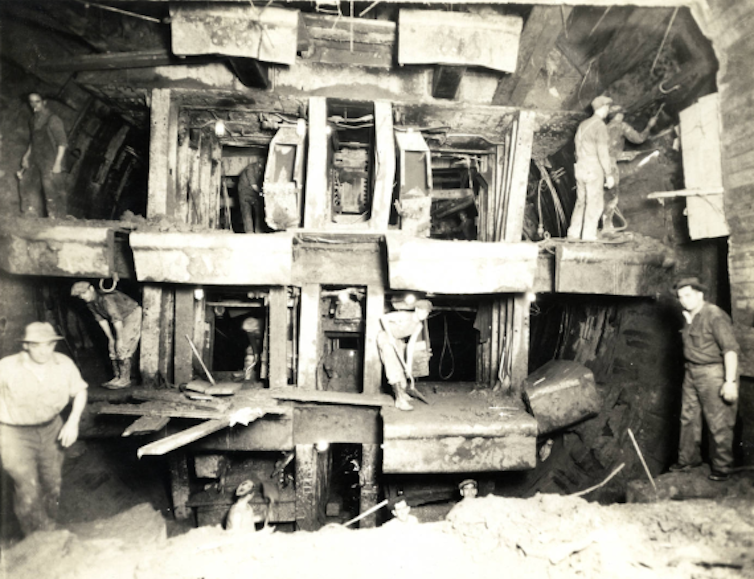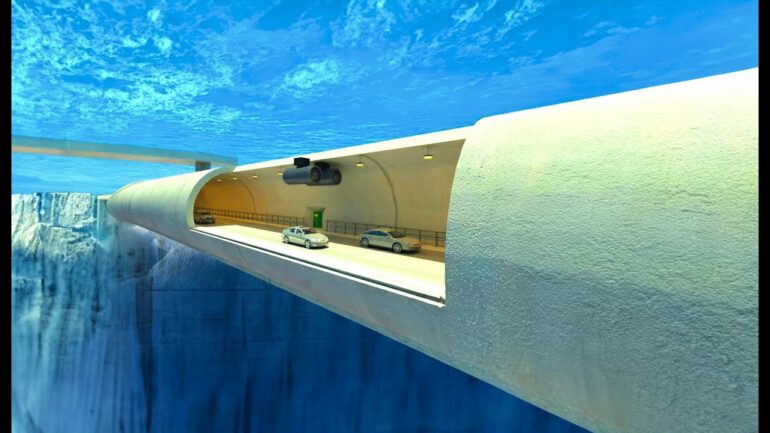
Curious Kids is a series for children of all ages. If you have a question you’d like an expert to answer, send it to [email protected].
How do they build things like tunnels and bridges underwater? – Helen, age 10, Somerville, Massachusetts
When I was a kid, I discovered a Calvin and Hobbes comic strip that posed one of my own burning questions: How do they know the load limit on bridges? Calvin’s dad (incorrectly) tells him, “They drive bigger and bigger trucks over it until it breaks. Then they weigh the last truck and rebuild the bridge.”
Several decades later, I’m a geotechnical engineer. That means that I work on any construction projects that involve soil. Now I know the real answers to things people wonder about infrastructure. Oftentimes, like Calvin’s dad, they’re thinking about things from the wrong direction. Engineers don’t typically determine the load limit on a bridge; instead, they build the bridge to carry the load they’re expecting.
It’s the same with another question I hear from time to time: How do engineers build things underwater? They actually don’t typically build things underwater – instead they build things that then end up underwater. Here’s what I mean.
Building underground, beneath the water
Sometimes when you’re building underwater, you’re really building underground. It’s not about the water you see at the surface but rather what surrounds the actual structure you’re building.
If there’s rock or soil all around what you’re constructing, that’s typically thought of as underground construction – even if there’s a layer of water above it and that’s all you see from above.
Underground construction usually uses powerful tunnel-boring machines to excavate soil directly. This machine is often called a mole for a reason. Like the animal, it creates a tunnel similar to a burrow by excavating horizontally through the ground, removing the excavated material out behind it. Done with care, this method can successfully build a tunnel through the ground beneath a body of water that can then be lined and reinforced.
Engineers used this method to build the Chunnel, for instance, a railway tunnel beneath the English Channel that connects England and France.

Construction crew with a tunneling shield that allowed them to build the Sumner Tunnel in Boston, Mass., in the 1930s.
University Archives and Special Collections at UMass Boston
While modern machinery is quite advanced, this method of construction started about 200 years ago with the tunneling shield. Initially, these were temporary support structures that provided a safe space from which workers could excavate. New temporary structures were built deeper and deeper as the tunnel grew. As the designs improved with experience, the shields were built to be mobile and eventually evolved into the modern tunnel-boring…



